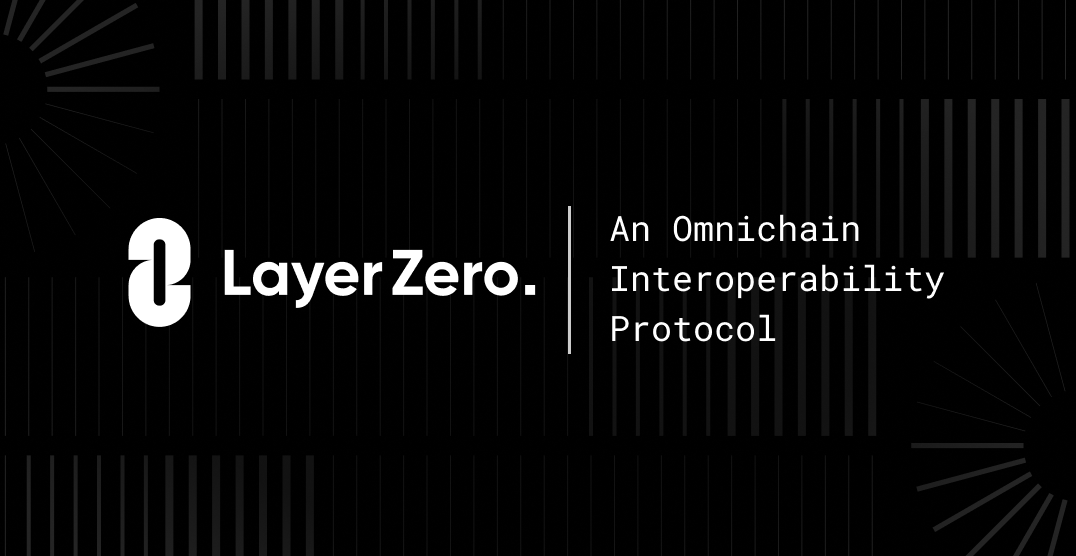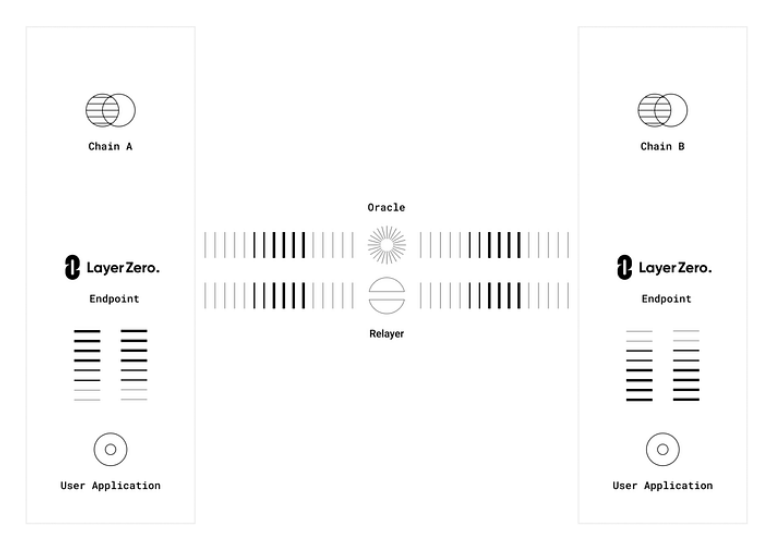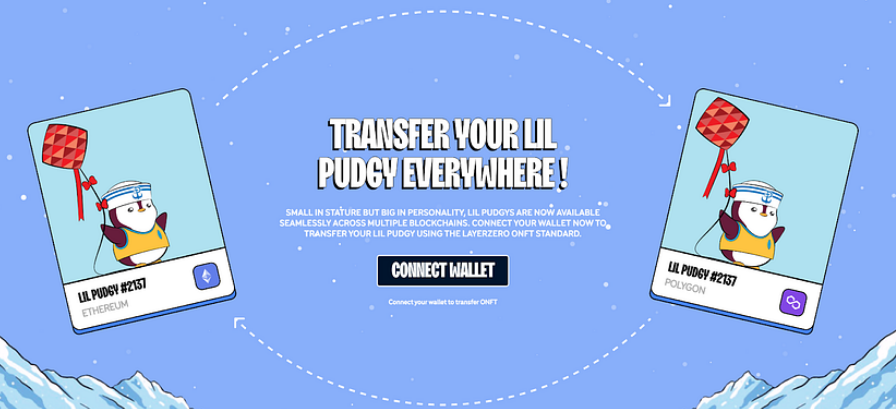Bixin Ventures: LayerZero will build the future of the whole chain ecology
originaloriginal
By Henry Ang, Mustafa Yilham, Allen Zhao & Jermaine Wong, Bixin Ventures
The future of Web3 will be a multi-chain world, where a large number of modular and single blockchains together form the entire ecosystem. However, the current user experience is not smooth when performing multi-chain operations. For example, users’ assets on Ethereum must be transferred across chains before they can be used on Arbitrum; NFTs held by users can only be used in the blocks they minted. Circulation within the chain ecology. The cross-chain process is very painful, and many factors need to be considered, such as packaging assets, high gas fees, and waiting time.

Imagine if your assets can be exchanged between multiple chains, or use Dapps on multiple blockchains without cross-chains, or if there is a way for developers to easily deploy and utilize multi-chain assets The application of these ideas... The realization of these ideas is based on a starting point: assets will no longer exist in isolation in their original chains, which is a crucial full-chain future that LayerZero is building.
TLDR: Multi-chain is just the beginning, we hope to realize the vision of full-chain interoperability together with LayerZero.
first level title
Introduction to LayerZero
LayerZero uses Oracles (currently Chainlink) and Relayers to communicate information between LayerZero Endpoints on the target chain. It is worth noting that any subject can assume the role of Oracle and Relayer. The starting point of this design is independent, open and permissionless. The Oracle publishes the block header on the source chain to the target chain, the Relayer publishes the transaction data and verifies the transaction proof, and the Oracle and the Relayer remain independent.


first level title
The charm of the LayerZero architecture is that it allows users and developers to execute anything they want across chains through smart contracts, whether it is transactions, cross-chain assets, transfer NFT, games, social networking, etc. The following is a use case analysis of LayerZero in multiple application scenarios.
secondary title
Bridging & TradingThe common asset cross-chain mode is easy to implementLock-Mint Mechanism
Stargate, the biggest disadvantage of this type of cross-chain technology is that it cannot send native assets on different chains, and most of them rely on intermediate packaged assets. This type of cross-chain solution also has some problems in practical applications, such as lack of liquidity, high slippage, high fees, long waiting time, etc., and the user experience is not good.It is a protocol built on LayerZero that enables transactions to be seamlessly transferred on the chain. It is a solution toCross-chain Impossible TriangleSushiswapApplications such as Stargate have been deployed on Stargate, allowing users to exchange native assets. In addition, Stargate supports users to use the Gas tokens on their source chains to pay the gas fees required for multi-chain transactions, which is also a pain point for users when conducting multi-chain transaction assets.
secondary title
Cross-chain transfer of tokens — Omni Fungible Tokens
Similar to bridging, transferring tokens on different chains often also involves wrapped non-native tokens, which not only affects composability, but also leads to liquidity fragmentation. For example, the UNI token on Ethereum and the UNI token on Avalanche are two different assets, and they cannot be interoperable in applications, especially for long-tail tokens, and insufficient liquidity often leads to different prices.
LayerZero attempts to solve the above problems by creating Omnichain Fungible Tokens - a new type of token that can be combined across all blockchains that LayerZero integrates. For example, Trader Joe integrated with LayerZero and launched JOE as an Omnichain Token. JOE is a truly native multi-chain token that can be bridged in Avalanche, Arbitrum, BNB, etc.PendleHow to deploy full-chain veTokenomics with LayerZero: Pendle users can synchronize their vePENDLE balances on Ethereum across all chains supported by the protocol (such as Arbitrum). In this way, veTokens are no longer isolated to different chains, and users can easily increase rewards in various Pendle pools.
secondary title
Cross-chain transfer of NFTs — Omni Non-Fungible TokensPudgy PenguinsJust announced that using LayerZero's full-chain technology, its sub-series Lil Pudgys can now cross-chain between Polygon, BNB Smart Chain and Arbitrum. This means that many NFT projects will be able to access the liquidity and users of other ecosystems through cross-chain, without having to divide their user base by launching entirely new projects on another chain.

secondary title
Derivatives tradingRage TradeTrying to solve this problem, it builds on LayerZero, generates income by bridging ETH/USD pools of protocols such as GMX and Sushiswap, and provides circulating liquidity. In other words, Rage Trade is able to leverage LP tokens from other blockchains like Polygon, Avalanche, Solana, etc. as the protocol's liquidity on the Arbitrum chain. Taking 3 CRV vault as an example, when 3 CRV LP tokens are used as collateral on chain A, we can also provide virtual liquidity for Rage Trade on chain B.
secondary title
first level title
looking to the future
looking to the future
As developers continue to explore new full-chain use cases, we look forward to more innovative applications built on LayerZero, covering scenarios such as NFTFi, yield aggregators, full-chain wallets that do not need to adjust RPC, games, social networking, and DID.We are very excited about LayerZero's vision of enabling true interoperability in the Web3 ecosystem to improve user experience. LayerZero has sent over3 million messages



